Computer Graphics, Image Processing and Computer Vision
The line of Computer Graphics, Image Processing and Computer Vision was established in 1985 with the href="http://www.lcg.ufrj.br" Computing Laboratory Graphic Systems Program was inaugurated in 1988. the first courses in Image Processing and Computer Vision date back to 1987 and 1990, respectively.
The research developed in line is varied and multidisciplinary, involving topics such as:
 |
Animation and Games
|
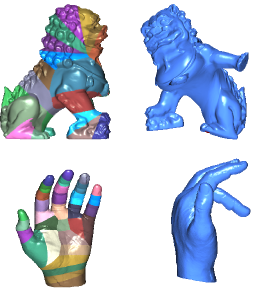 |
Deformation of Volumes and Surfaces
|
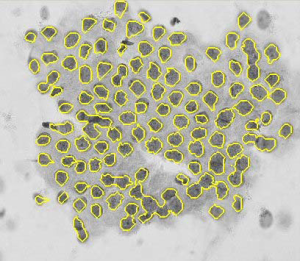 |
Medical Images
|
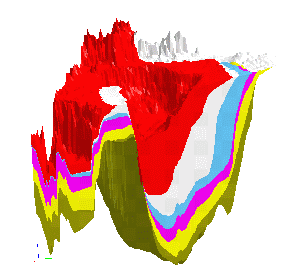 |
Numerical Meshes
|
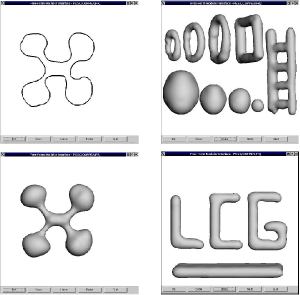 |
Geometric Modeling
|
 |
Point-based Models
|
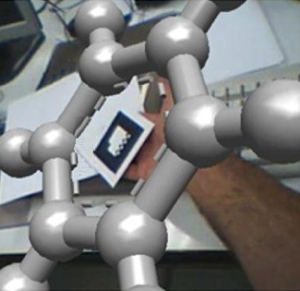 |
Virtual and Augmented Reality
|
 |
Physical Simulation
|
 |
Volume Rendering
|
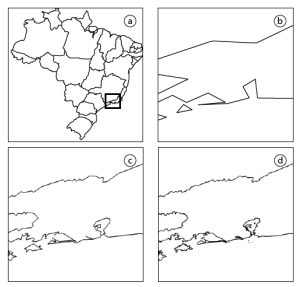 |
Web Graphics
|
|
|
Faculty
- Claudio Esperança, Ph.D., 1995 (Responsible)
- Ricardo Cordeiro de Farias, Ph.D., 2001




